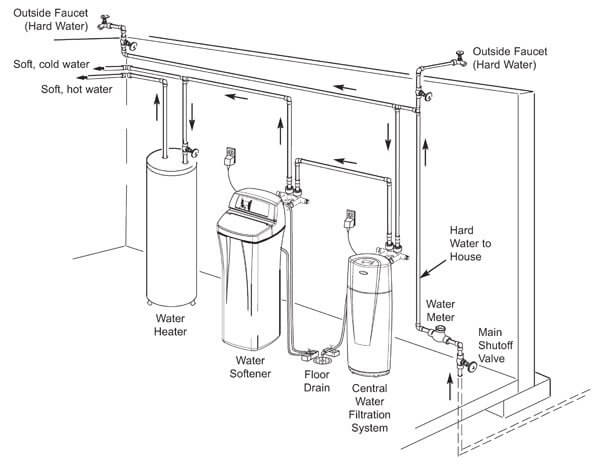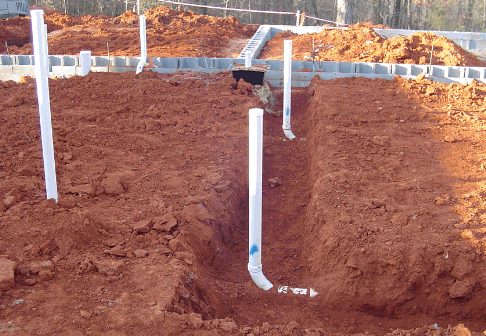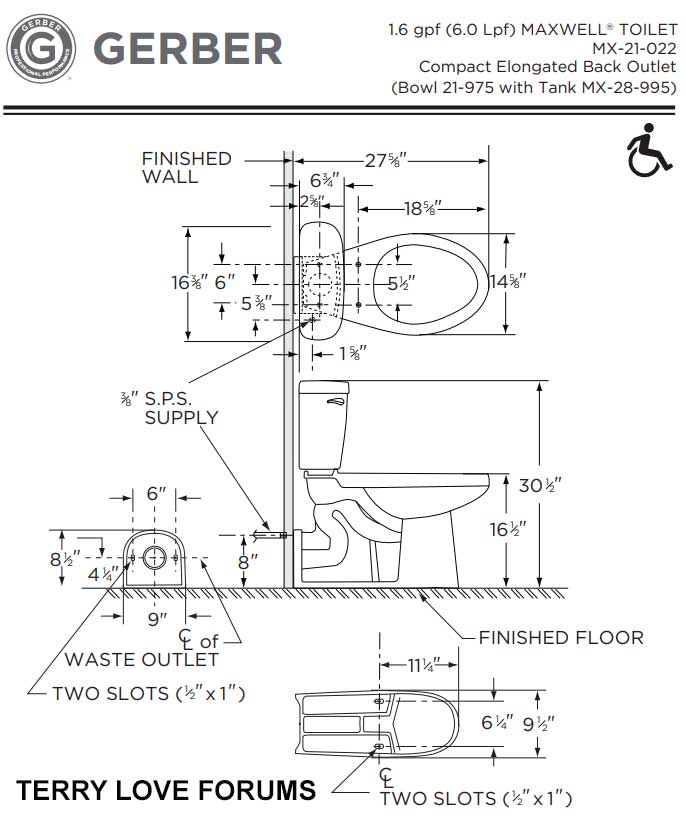What Is A Plumbing Manifold?
A plumbing manifold is a system of interconnected pipes, valves, and fittings used to distribute water or other fluids throughout a building. The manifold is usually made of plastic or metal and is connected to the main water supply line. It allows for multiple fixtures in a home or business to be supplied with water from one main source, reducing the complexity of installation and maintenance. The manifold also allows for the flow of hot and cold water to be controlled separately, providing more efficient use of energy.
Definition of Plumbing Manifold
A plumbing manifold is a system of pipes, valves, and fittings used to distribute water throughout a home or commercial building. It is made up of a series of interconnected pipes that are connected to the main water supply line. Each of the pipes delivers water throughout the building, from the hot water heater to each of the different fixtures. The manifold helps to regulate water flow and pressure, allowing for efficient distribution of hot and cold water. It is also designed to prevent cross-contamination between the hot and cold water lines. Plumbing manifolds are used in a variety of residential and commercial applications, and are essential for the proper functioning of plumbing systems.
Benefits of Installing a Plumbing Manifold
A plumbing manifold is a great way to streamline and centralize your plumbing system. It can help you save time and money on plumbing repairs, while providing you with greater flexibility and control over your plumbing system. With a plumbing manifold, you can easily access all of your plumbing fixtures from one central location, allowing you to quickly and easily make repairs or adjustments. Additionally, a plumbing manifold can also help you conserve water and save money on your utility bills, as it allows you to use each fixture individually and keep water from running through unused fixtures. With its increased convenience, efficiency, and cost savings, installing a plumbing manifold is a great option for any home or business.
Types of Plumbing Manifolds
Plumbing manifolds are essential components of a plumbing system, connecting pipes and components to create a functioning system. Plumbing manifolds come in different types, each designed to serve a specific purpose, such as distributing hot and cold water or providing shut-off valves. The most common type of plumbing manifold is PEX, which is made from cross-linked polyethylene and is extremely durable and flexible. Other types of manifolds include copper, brass, and PVC, each of which has its own advantages and disadvantages. Depending on the type of plumbing system being installed, one of these types of manifolds may be a better fit than the others. When installing a plumbing system, it’s important to consider the type of manifold that will provide the best performance and reliability.

Considerations When Choosing a Plumbing Manifold
Choosing the right plumbing manifold for your home or business is a critical decision. Not only does it affect the functionality and performance of your plumbing system, but it also affects the efficiency of the system and your energy bills. When selecting a plumbing manifold, it’s important to consider the size of the manifold, its material, its connection type, and any additional features you may need. The size of the manifold should be appropriate for the number of fixtures that need to be connected, while its material should be durable and corrosion-resistant. The connection type is also important, as it determines which type of pipes can be used. Lastly, additional features such as temperature control, automatic shut-off, and pressure regulation can be helpful to have. With the right information and considerations, you can find the perfect plumbing manifold to keep your system running smoothly.
Installation of a Plumbing Manifold
Installing a plumbing manifold can seem daunting, but it can be a simple process with the right know-how. First, shut off the main water supply to the building. Then, measure and cut the necessary pipes that will connect the manifold to the water supply. Make sure to use the right fittings and connectors to ensure a secure connection. Next, install the manifold onto the wall, making sure it is level and secure. Finally, open the main water supply and check for leaks. With a few simple steps, you can easily install a plumbing manifold and have peace of mind that your plumbing system is running efficiently.
Maintenance of a Plumbing Manifold
Proper maintenance of a plumbing manifold is essential for efficient and safe operation of a plumbing system. A plumbing manifold is a single supply line that branches off to multiple outlets, allowing for the distribution of water throughout a property. In order to keep a plumbing manifold in good working order, it is important to inspect the manifold regularly for any signs of damage or wear and tear. Additionally, the manifold should be flushed periodically to remove any debris that may have built up over time. Finally, it is important to ensure that all fittings and connections are properly sealed and secure. By following these simple steps, a homeowner can ensure their plumbing manifold is up to the task of providing clean and efficient water delivery.
FAQs About the What Is A Plumbing Manifold?
1. What does a plumbing manifold do?
A plumbing manifold is a central distribution point for your home’s hot and cold water supply. It allows for the distribution of water to multiple fixtures in the home without the need for multiple water supply lines.
2. What types of plumbing manifolds are available?
Plumbing manifolds are typically made of copper, PVC, or PEX, and come in several different configurations. Single-unit manifolds are designed for smaller homes, and larger homes may require multiple manifolds.
3. What are the benefits of installing a plumbing manifold?
A plumbing manifold offers several benefits. It can reduce the amount of pipe needed to run water to fixtures, reduce the number of potential leaks, and conserve water by allowing for individual shut-off valves at each fixture.
Conclusion
A plumbing manifold is a great tool for any plumber to have in their inventory. It allows the plumber to quickly and easily access multiple water lines from a single location, making it more efficient to handle complex plumbing jobs. Plumbing manifolds also help to reduce the amount of time spent on the job, as it reduces the need to move multiple valves and pipes. Overall, the plumbing manifold is a very useful tool for a plumber and can help make plumbing jobs easier and more efficient.







